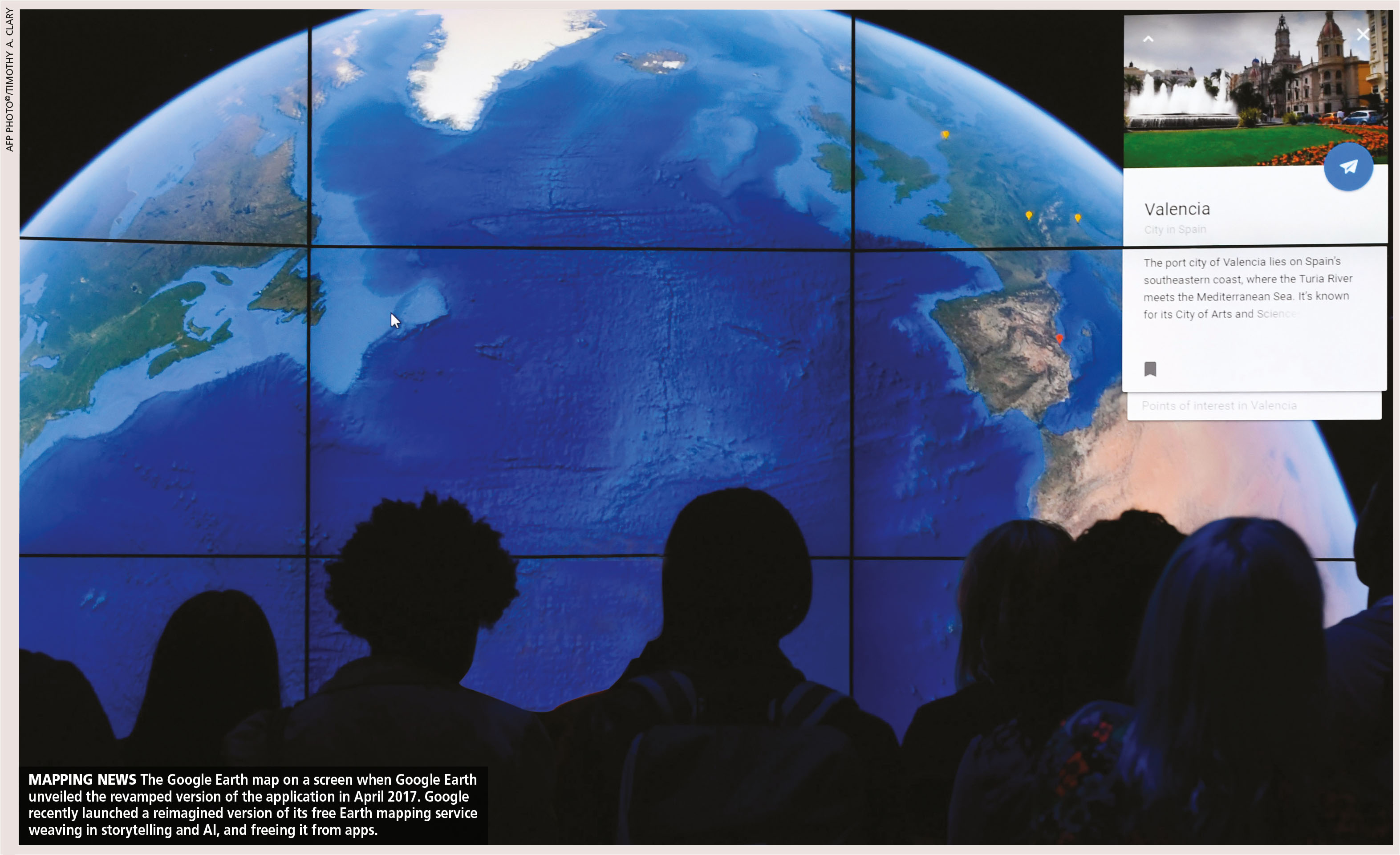INDUSTRY 4.0
SYMBIOTIC BIZ LEADERSHIP
Sanjeewaka Kulathunga outlines the way forward amid the Fourth Industrial Revolution
Due to rapid globalisation along with the A1 based robotics revolution, the next century of human civilisation is likely to witness a ‘globotics’ upheaval – one that will lead to unexpected challenges in the corporate world.
Many white-collar jobs including those of accountants, lawyers, doctors and other high-profile vocations have been taken over by machines. Artificial intelligence has swiftly entered the domain of corporate decision making, much like the Trojan horse used by the Greeks to infiltrate the city of Troy.
Machines have been developed with swift and accurate decision-making capabilities based on a framework that’s deemed to be more rational than the CEOs of business houses. As AI based machines are built on logical units, their decisions tend to be independent of biased and emotionally bound human decisions. The entire global economy – from online purchases to billion dollar deals – runs on a logical rather than emotional foundation.
There needs to be a balance between the emotional and logical bases, for effective corporate leadership and decision making. Since the dawn of human civilisation, the parameters of leadership have evolved; and they range from the sources of kinetic power in the Stone Age to conceptual power in the contemporary era.
Owing to unending competition between artificial and human intelligence in the information age, the former has begun to challenge the skills of corporate leadership through efficient algorithm patterns related to planning, execution and control of strategic decision making, and based on a rational foundation.
Machines have slowly but surely replaced human occupations, from simple manual work to major data and financial decision making, as well as critical medical operations.
Leadership is defined as the ability to influence others to achieve a common goal. In this sense, AI machines and technology have become influential in our daily routines. There isn’t a single day that we could go without using a technological device such as a smartphone or PC – be it to send messages or receive news updates.
Some machines are much faster and more accurate than human brains – especially in storing and retrieving past data and information – as they identify the logical patterns of big data. However, humans are more influential than machines when it comes to emotional matters.
Although companies have invested millions of dollars in leadership development as part of human resource (HR) training, such programmes would not be effective if they aren’t designed for both humans and machines simultaneously. The future of corporate leadership development ought to reflect a symbiotic relationship between humans and machines.
Symbiotic human and machine leadership could pave the way for future progress in the business world. In this regard, artificially intellectualised machines and devices could be used to retrieve precise data and information to generate effective decisions.
There’s a potential threat of human-machine leadership overtaking its authentic human counterpart. The best possible solution is to harmonise with machines rather than rejecting them to gain a competitive edge and optimal business results.
In the upcoming conceptual age – which is mainly driven by machine learning, IoT and blockchain technologies – future corporate leaders aren’t left with a choice other than to transform their companies through symbiotic leadership, ensuring a balance between natural human and artificial machine intelligence.
Google Maps is an example of a reliable AI system that’s used to obtain directions to unknown locations. Similarly, AI systems will be used by corporations in crafting business strategies for an unknown future by analysing automatically generated financial, operational, marketing and HR reports.
However, the present technological ecosystem isn’t suitable as yet for machines to assume corporate leadership positions.
Amid the dawn of the Fourth Industrial Revolution (4IR or Industry 4.0), human intelligence isn’t fast or accurate enough to take strategic decisions. It will have to be combined with artificial intelligence, which will be an economic driver over the next century.
Given that AI has emerged as an imperative for business models across sectors and industries, corporate leaders are bound by a responsibility to assess the merits and demerits that would impact their decision making.
Striking an optimal balance between artificial and human intelligence will lead to sustainable corporations amidst 4IR. On the other hand, failing to design and develop responsible AI systems as part of business leadership may cause irreparable harm in the long run, to both brand values and stakeholder confidence.
Indeed, there’s food for thought in all this for business leaders.





